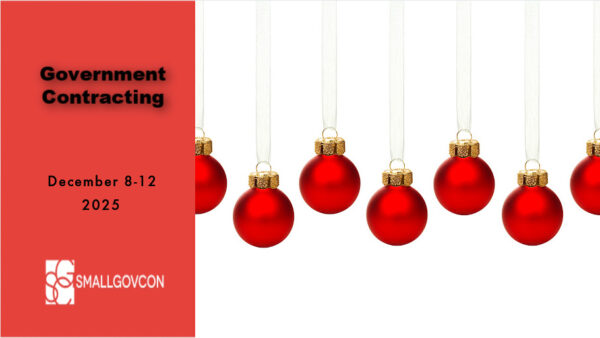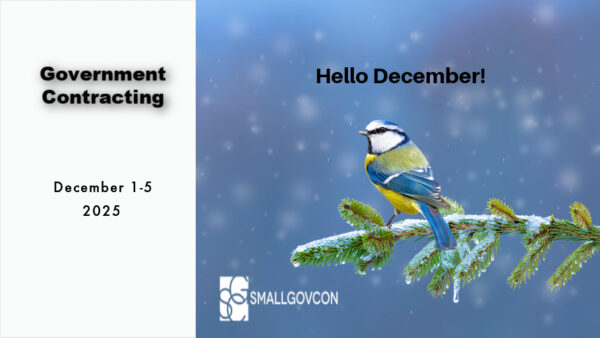
It’s time for another edition of the SmallGovCon week in review. We hope that all of our readers had a productive week. For many (myself included), this week is the time for holiday concerts and performances, including the fabled Nutcracker performance. The Lawrence Arts Center does a Kansas-themed performance that is well-loved by all who watch. There is a grand holiday party and then a dream sequence that takes up the latter part of the ballet. I imagine some 8(a) contractors are wishing the current actions taken against them were also part of a dream sequence. Alas, they are not and those businesses should do their best to respond to all 8(a) inquiries as much as they can.
This week saw some big updates on the 8(a) front, with both SBA and Congress putting pressure on 8(a) contractors, as well as additional calls for centralization and shared services.
Continue reading…

